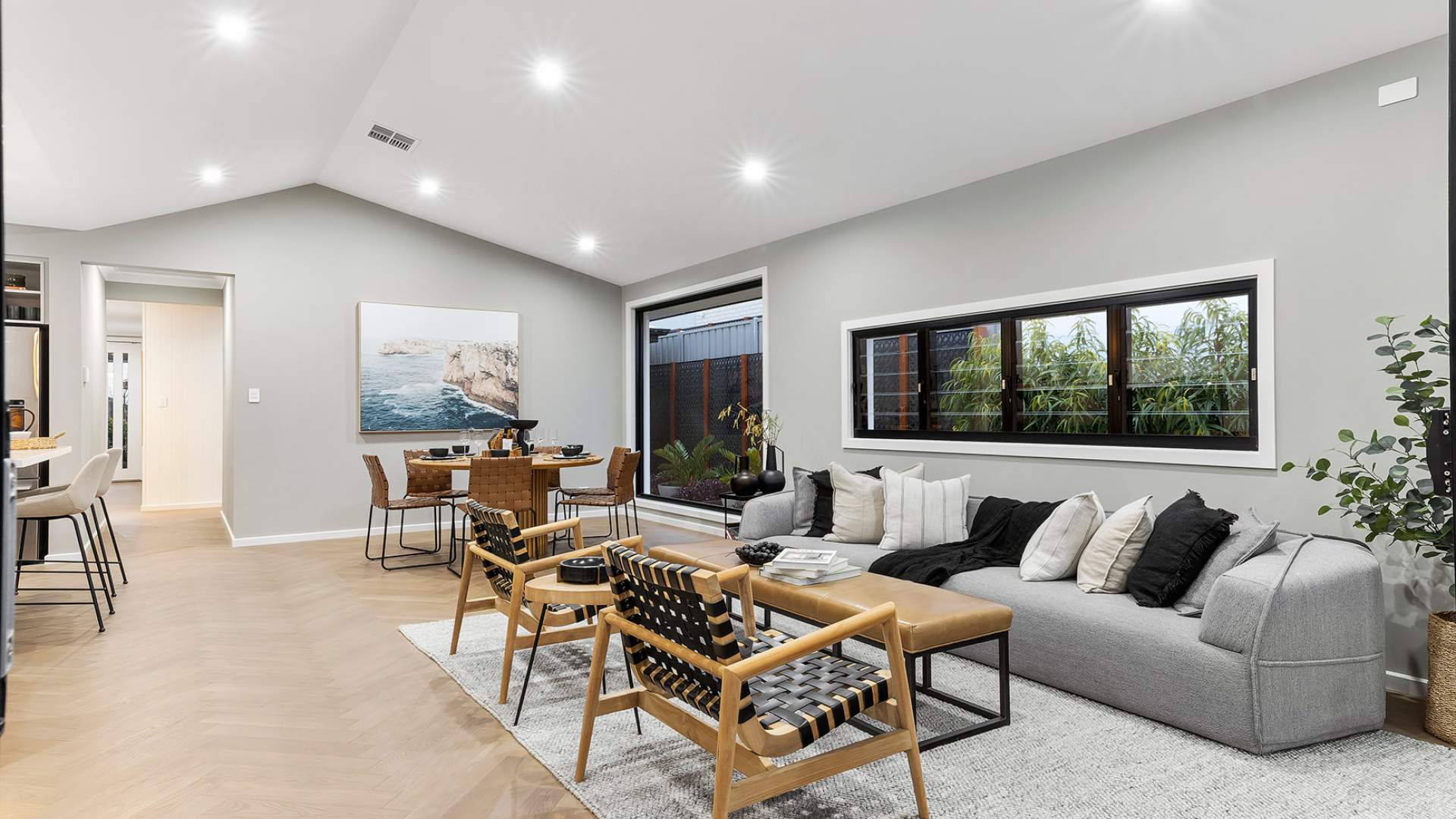In interior design, the details often make the difference between a space that feels complete and one that seems unfinished. Architraves, the decorative moldings surrounding doors and windows, play a crucial role in creating a polished and sophisticated interior. While they may seem like a minor feature, their impact on the overall aesthetics and functionality of a room is significant.
At its core, an architrave serves as a transition between walls and openings. It frames doors and windows in a way that draws attention to these architectural elements, enhancing their presence without overwhelming the space. By providing a defined boundary, architraves create visual balance, ensuring that the structural openings integrate seamlessly with the wall surfaces. This framing effect can elevate the look of both modern and traditional interiors, adding a subtle elegance that complements the room’s design language.
Beyond aesthetics, architraves also serve a practical purpose. They cover gaps and uneven edges where walls meet doors or windows, concealing imperfections that may result from construction or settling. This not only improves the visual appeal of the interior but also contributes to a sense of quality craftsmanship. Well-fitted architraves indicate attention to detail, which is an essential aspect of high-end interior design.
The choice of material and design for architraves can further influence the character of a room. Wooden architraves, for instance, offer warmth and texture, harmonizing with other natural elements in the space. Painted or molded varieties can create clean lines and complement modern minimalist interiors. The flexibility in style, size, and finish allows designers to use architraves as a subtle statement piece or as a way to harmonize with other decorative elements such as skirting boards, cornices, or wall panels.
Properly installed architraves also have a psychological effect on occupants. Spaces with well-defined openings feel more orderly and inviting, creating a sense of coherence that contributes to comfort and satisfaction. In commercial environments, this attention to detail can enhance client perceptions of professionalism and quality. In homes, it provides a finished look that is both functional and aesthetically pleasing, elevating the overall living experience.
In addition, architraves can be an effective tool for highlighting architectural features. For instance, tall doorways framed with elegant moldings can appear grander and more refined, while intricate designs can bring a touch of character to otherwise simple interiors. This versatility ensures that architraves remain relevant across a wide range of interior styles, from classic heritage homes to contemporary apartments.
Ultimately, the presence of architraves is about refinement and completeness. They demonstrate thoughtful design and craftsmanship, bridging the gap between practicality and aesthetics. By framing openings, concealing imperfections, and enhancing the visual flow of interiors, architraves contribute to a polished finish that elevates the overall quality of a space. In any well-designed room, their subtle yet unmistakable presence underscores a commitment to detail and an appreciation for architectural elegance.





